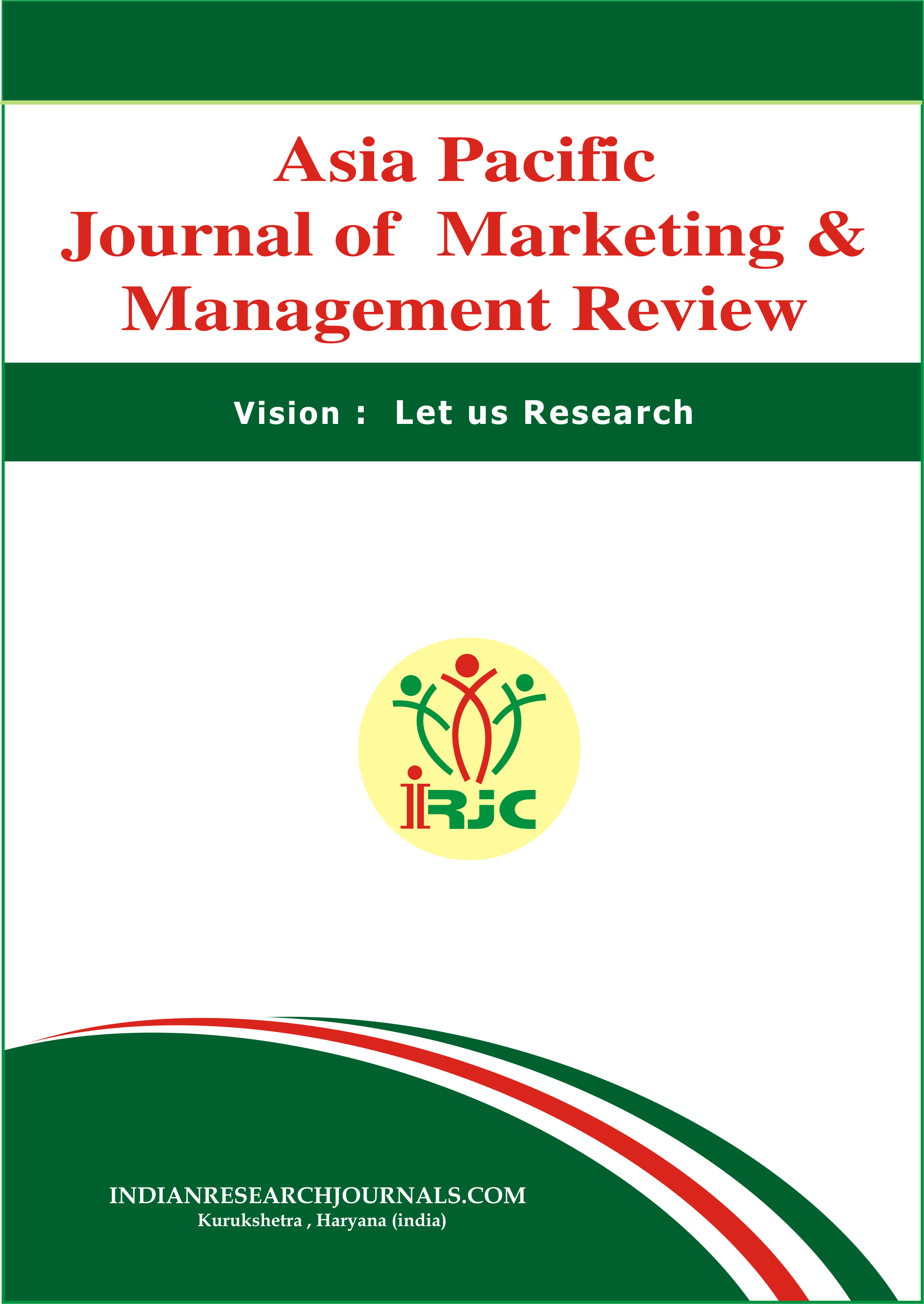DIVERSIFICATION OF MAIN INTERNATIONAL TRANSPORT CORRIDORS TAKING INTO ACCOUNT THE INTERESTS OF UZBEKISTAN
Keywords:
Uzbekistan, international transport corridors, diversification strategy, landlocked countries, regional integration, logistics and infrastructure, supply chain resilience, transit connectivity, multimodal transportation, Central Asia, Belt and Road Initiative (BRI), Trans-Caspian corridor, North-South corridor, trade facilitation, geopolitics of transport, sustainable development, strategic corridors, cross-border trade, digital logistics systems, economic diplomacy.Abstract
The diversification of international transport corridors is of strategic importance for landlocked countries like Uzbekistan, which face significant geographical constraints in accessing global markets. Given its central location in Eurasia, Uzbekistan is well-positioned to serve as a vital transit hub between Asia and Europe. However, its economic growth and integration into global trade largely depend on the availability, reliability, and security of multiple transport routes. This article examines the current state of international transport corridors connected to Uzbekistan and evaluates the challenges and opportunities involved in diversifying these routes. Particular attention is given to the geopolitical, economic, infrastructural, and institutional factors that shape corridor development. The study emphasizes the importance of creating alternative transport options to reduce overdependence on any single corridor, mitigate risks associated with geopolitical instability, and enhance the country’s trade competitiveness. It also highlights the significance of regional cooperation, investment in infrastructure, and technological modernization as key enablers of diversification. The findings suggest that a multi-vector transport strategy aligned with Uzbekistan’s national interests can significantly contribute to sustainable development, regional integration, and improved resilience against external shocks.
References
Asian Development Bank (ADB). (2021). CAREC Transport Strategy 2030: Connecting the Region for Shared and Sustainable Development. https://www.adb.org/documents/carec-transport-strategy-2030
Central Asia Regional Economic Cooperation (CAREC) Program. (2020). Unlocking the Potential of Railways: A Railway Strategy for CAREC 2017–2030. https://www.carecprogram.org/?publication=unlocking-the-potential-of-railways
United Nations Economic and Social Commission for Asia and the Pacific (UNESCAP). (2022). Transport and Connectivity in Asia and the Pacific. https://www.unescap.org/kp/2022/transport-and-connectivity-asia-and-pacific
World Bank. (2020). Enhancing Regional Connectivity in Central Asia. https://documents.worldbank.org/en/publication/documents-reports/documentdetail/483631600211388648/enhancing-regional-connectivity-in-central-asia
OECD. (2021). Trade and Transport Corridors in Central Asia: Infrastructure and Regulatory Challenges. https://www.oecd.org/eurasia/competitiveness-programme/central-asia/Trade-and-Transport-Corridors-in-Central-Asia.pdf
Ministry of Transport of the Republic of Uzbekistan. (2023). Uzbekistan Transport Infrastructure Development Strategy 2020–2030. https://mintrans.uz/en/lists/view/strategy2030
Putz, C. (2022). China-Kyrgyzstan-Uzbekistan Railway: The Long Road Ahead. The Diplomat. https://thediplomat.com/2022/06/china-kyrgyzstan-uzbekistan-railway-the-long-road-ahead/
International Transport Forum (ITF). (2021). Improving Connectivity in Central Asia. OECD Publishing. https://www.itf-oecd.org/improving-connectivity-central-asia
Fallon, T. (2015). The New Silk Road: Xi Jinping's Grand Strategy for Eurasia. American Foreign Policy Interests, 37(3), 140–147. https://doi.org/10.1080/10803920.2015.1056682
Kavalski, E. (2018). China’s Belt and Road Initiative: Implications for the Global Order and International Norms. The International Spectator, 53(1), 90–105. https://doi.org/10.1080/03932729.2018.1408257
Yuldashev, A. (2021). Perspectives on the China-Kyrgyzstan-Uzbekistan Railway Project: Economic and Political Dimensions. Journal of Central Asian Studies, 18(2), 75–88.
Turaev, N. (2020). Diversification of Transport Routes as a Strategic Priority for Uzbekistan. Central Asian Policy Review, 6(1), 52–64.
Downloads
Published
Issue
Section
License
Copyright (c) 2025 GEJournals

This work is licensed under a Creative Commons Attribution-NonCommercial-NoDerivatives 4.0 International License.





